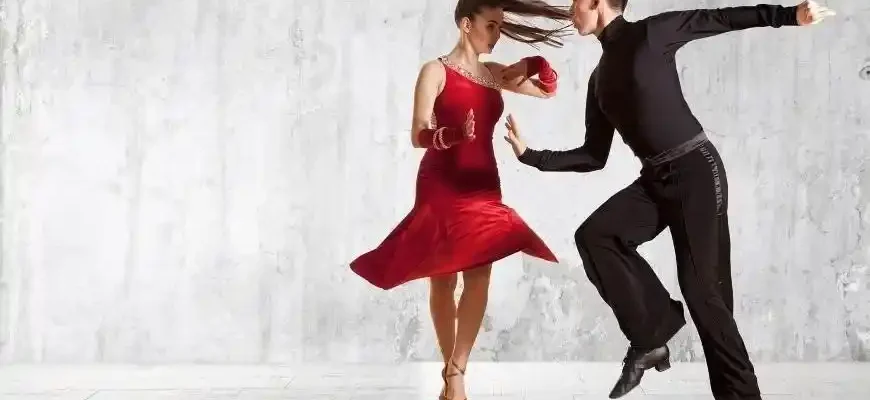Salsa is one of the most exciting and vibrant social dances in the world, but when you’re first starting out, it can seem a little intimidating. Don’t worry; you’re not alone, and learning salsa is a journey worth taking, whether you’re 20 or 70. With a little patience, practice, and the right approach, you’ll be twirling and spinning in no time. Here’s a comprehensive guide on how to learn salsa dance that combines both the fun and the technical aspects, grounded in evidence-based insights from dance studies, sociological research, and real-life experiences.
1. Understanding Salsa Dance: A Quick Overview
Salsa is a partner dance that originated in the Caribbean, particularly Cuba, and later evolved in the United States, especially in New York City. It blends Afro-Cuban rhythms with jazz and other Latin music styles. Salsa dancing is characterized by its lively footwork, quick movements, and body isolation. It’s typically danced to a 4/4 rhythm, with a pattern of three steps in four beats.
Salsa has different styles, with the most popular being:
- Cuban Salsa (Casino): This is the traditional style, where dancers move in a circular motion.
- LA Style Salsa: Known for its sharp, linear movements, often danced “on 1” (beginning the basic step on the first beat of the music).
- New York Style Salsa: Similar to LA Style but danced “on 2” (starting the basic step on the second beat).
- Colombian Salsa: Often faster and more energetic, with a lot of footwork and minimal upper-body movement.
Each of these styles offers something unique, but the essential elements are always the same: rhythm, connection with your partner, and a whole lot of heart.
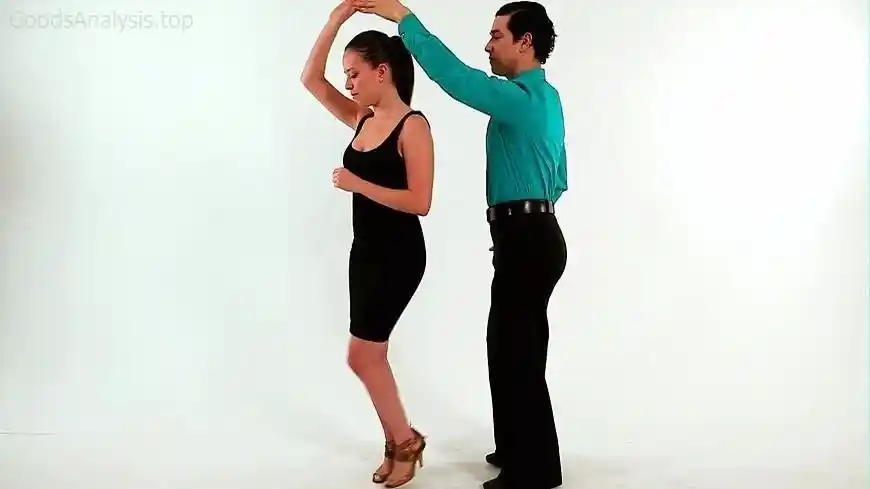
2. Why Learn Salsa?
Physical Health Benefits:
Learning salsa is not only fun but great for your health. Research has shown that regular dancing can improve cardiovascular health, increase stamina, and promote flexibility. One study published in the American Journal of Health Promotion found that dance classes help improve balance and posture, reduce the risk of heart disease, and even combat stress.
Moreover, salsa’s footwork helps enhance motor coordination and reflexes. In fact, dancing is often recommended for older adults as it can help maintain cognitive function, according to a study by the National Institute on Aging.
Mental Health Benefits:
Salsa also has a profound impact on your mental well-being. The social nature of salsa dancing, where you interact with new people in a friendly and supportive environment, can boost your mood and help combat feelings of loneliness or anxiety. In fact, social dances like salsa have been shown to promote the release of endorphins, those “feel-good” chemicals in the brain.
The rhythmic movement of salsa can also act as a form of mindfulness. As you focus on the music and your partner, you’re momentarily free from the stresses of daily life—no small thing in today’s world.
Social Connections:
One of the joys of salsa is the community. Whether you’re dancing at a local salsa club, a social gathering, or a dance studio, salsa brings people together. It’s a great way to meet new friends, network, and enjoy the shared experience of music and movement.
3. Common Challenges When Learning Salsa
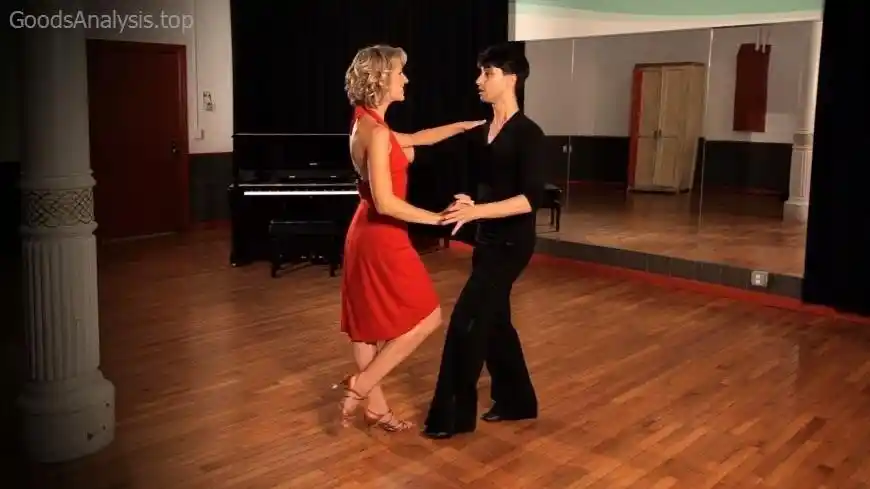
While salsa is fun, there are some hurdles you might face when starting out. Let’s tackle them head-on.
1. The Fear of Looking Awkward
If you’re new to salsa, you might feel self-conscious at first. It’s natural to feel that way, especially when you’re not sure of the steps. But remember, everyone starts somewhere. Dance instructors often emphasize that confidence is key. It doesn’t matter if you make a mistake; just keep moving and smiling. In the end, it’s about enjoying the rhythm and having fun.
Solution: Take it slow. Focus on mastering the basic step before moving on to more complicated patterns. Don’t be afraid to ask for feedback from your instructor or practice with a patient partner. Over time, your movements will become more fluid, and your confidence will grow.
2. Keeping Time with the Music
Salsa music has a very specific rhythm, and understanding it can be a challenge for beginners. However, this is the part that makes salsa so exhilarating once you get it.
Solution: Listen to salsa music regularly. Try clapping along with the beat or tapping your foot to understand the rhythm. Many dancers recommend starting with simple “on 1” steps, which align with the first beat of each measure. As you get more comfortable, you can experiment with “on 2” or other variations.
3. Partner Communication
Salsa is a partner dance, so the connection with your partner is crucial. Many beginners struggle with the idea of leading or following. The key here is trust and communication. Leads direct the dance, and followers respond, but both partners must stay in tune with each other’s movements.
Solution: Practice proper body posture and frame. As a leader, be clear with your signals, and as a follower, stay alert and responsive. Communication doesn’t just happen through words—it happens through movement.
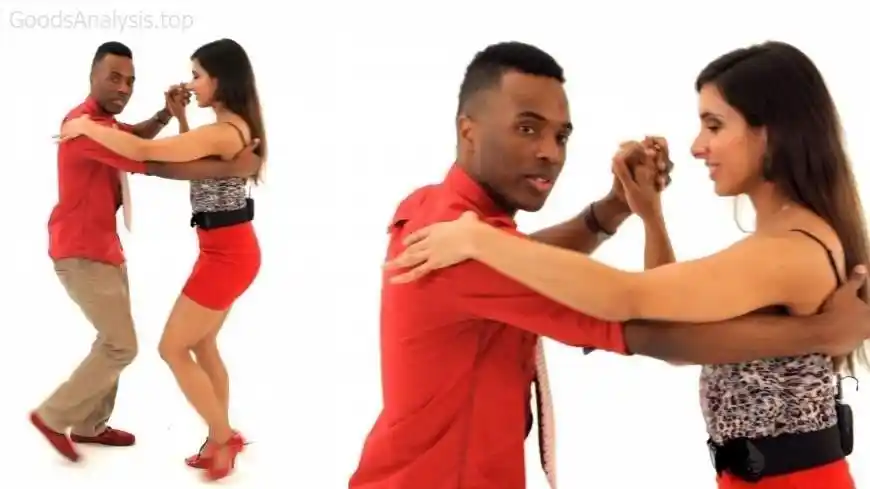
4. Lack of Flexibility
While salsa doesn’t require you to be a contortionist, some degree of flexibility can be helpful, especially when it comes to hip movement and body isolation.
Solution: Regular stretching can improve your flexibility over time. Focus on your legs, hips, and lower back. Yoga can also help improve both flexibility and strength, which will complement your dancing.
4. Getting Started: A Step-by-Step Guide
Step 1: Take Classes
Whether it’s online or in-person, taking a salsa class is the best way to learn the basics. Most dance studios offer beginner classes, and there are plenty of online tutorials, too. Make sure the instructor has experience with beginners and is patient with slower learners.
Step 2: Practice, Practice, Practice
Salsa is like learning a new language: you need to immerse yourself in it. Practice your steps at home, watch salsa performances, and spend time listening to salsa music to familiarize yourself with the rhythms. If possible, practice with a partner regularly.
Step 3: Attend Socials or Dance Nights
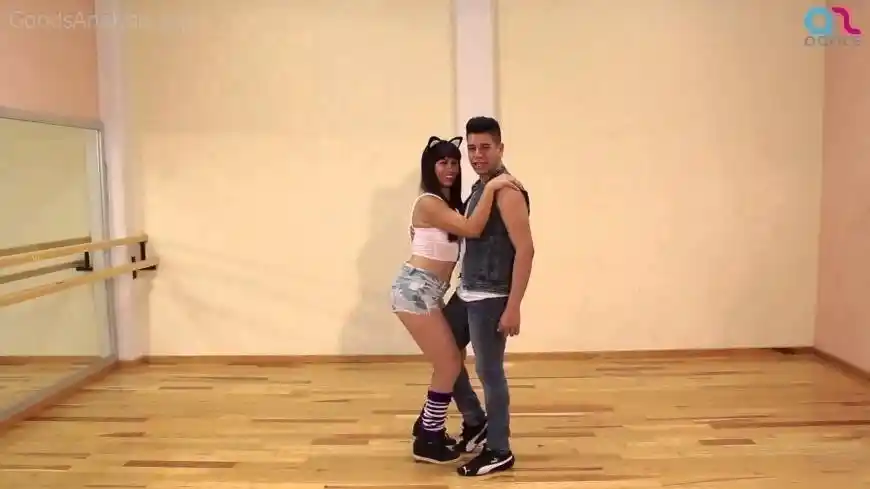
Once you have a grasp on the basics, go out and put your skills to the test! Salsa socials and dance nights are fantastic places to meet other dancers and improve your technique. You’ll make mistakes, but that’s part of the fun.
Step 4: Keep a Positive Attitude
Like any skill, learning salsa takes time. Don’t get discouraged if things aren’t perfect right away. Be kind to yourself, keep an open mind, and remember that everyone was a beginner once.
5. Real-Life Opinions on Salsa Dancing
To give you a well-rounded view of salsa, here are a few opinions from real people who have danced all over the world:
- Maria (35, Colombia):
“I’ve been dancing salsa since I was 10, and it’s always been a part of my life. The thing I love most about salsa is how it brings people together. You might be a beginner, but when the music starts, it feels like you belong. The best part is the social aspect – it’s like an instant family!” - David (58, USA):
“Salsa has been a game-changer for me. I started learning in my 50s, and I wish I’d done it sooner. Not only has it improved my fitness, but it’s helped me meet new people, especially after my divorce. It’s a fun and low-pressure way to stay active and social.” - Yuki (29, Japan):
“Learning salsa was intimidating at first, but after taking a few classes, I realized it’s not about being perfect. It’s about enjoying the music and having fun. Now I go to salsa clubs every weekend – it’s a great way to relax after a busy week.” - Ahmed (40, Egypt):
“Salsa has become a big part of my life since I moved to Cairo. It’s a unique way to express yourself and connect with others from different cultures. I never expected to find such a supportive community here!”
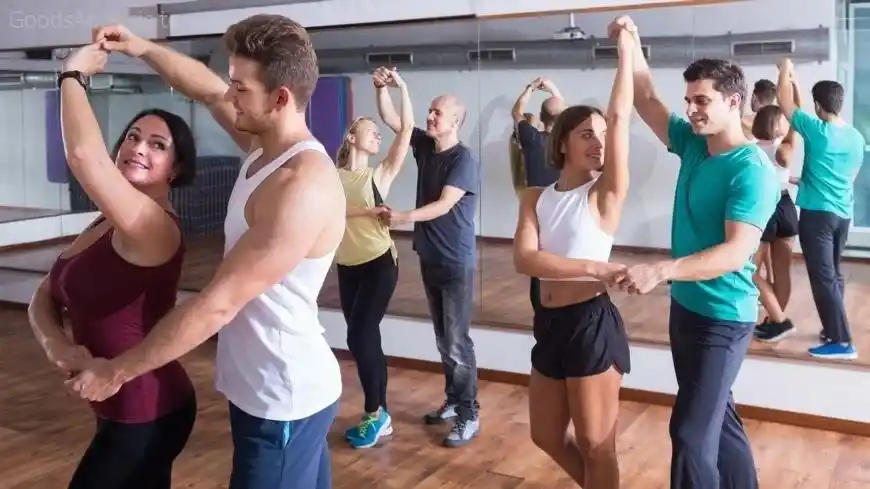
Final Thoughts
Salsa dancing is an incredible skill that can enrich your life in many ways—physically, mentally, and socially. The road to learning salsa might have a few bumps, but with persistence and the right attitude, you’ll master the basics and, eventually, the more advanced moves.
And most importantly: remember that salsa is all about enjoying the moment. Don’t worry about making mistakes—laugh it off, take a deep breath, and keep dancing. Whether you’re dancing “on 1” or “on 2,” there’s always a beat to follow.
So go ahead—put on your dancing shoes, and let the music lead the way!
FAQ
- How long does it take to learn salsa?
It depends on your natural rhythm and commitment, but most beginners can grasp the basic steps within a few weeks of consistent practice. - Do I need a partner to learn salsa?
Not necessarily. While it’s a partner dance, many dance schools offer solo classes where you can practice your footwork and styling. - Can salsa help me lose weight?
Absolutely! Salsa is a great cardiovascular workout that burns calories and tones muscles. With regular practice, you’ll see improvement in your fitness and overall health.

